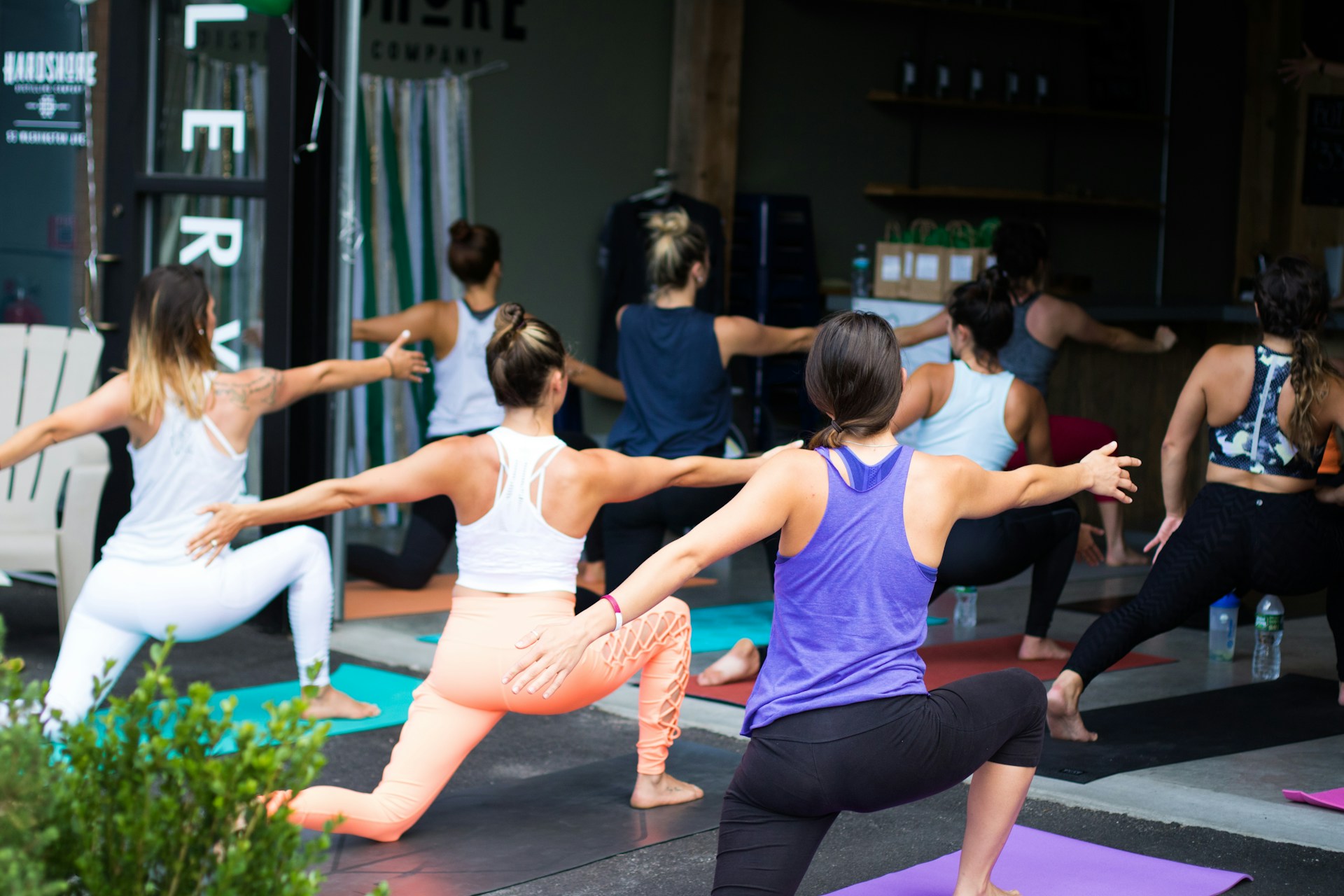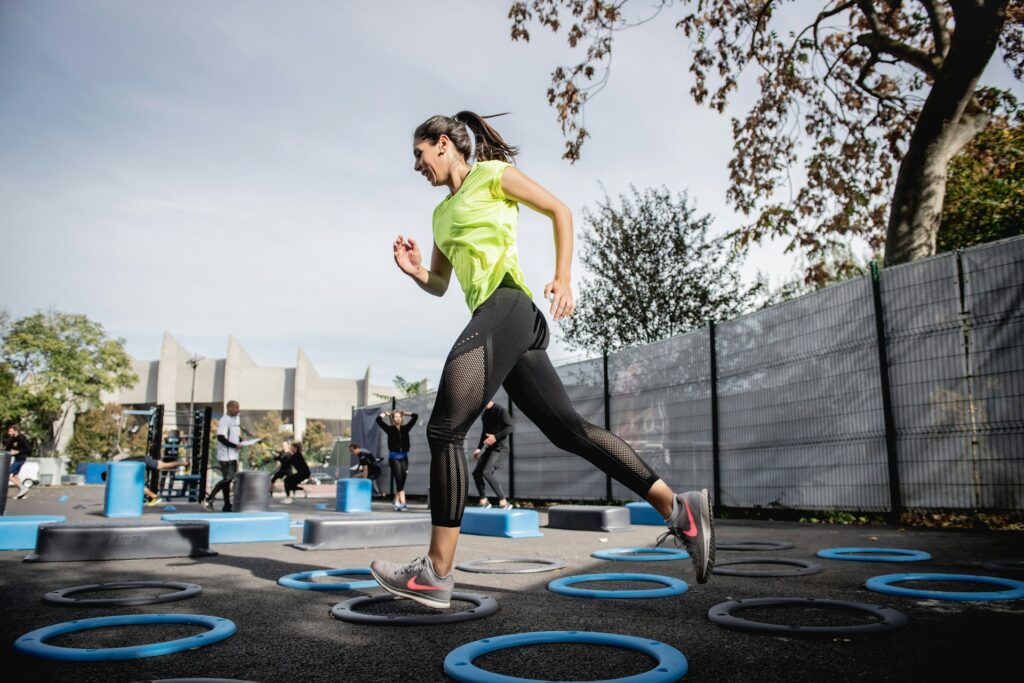
Body + Mind is reader-supported. We may earn an affiliate commission when you buy through some of the links on our site.
If you’ve spent any time on social media, you may notice that some of your favorite fitness gurus are switching up their fitness routines to incorporate cycle syncing workouts. This revolutionary approach acknowledges the fluctuating hormone changes within the body, providing a more personalized and effective training program.
The idea behind cycling syncing is to optimize activities based on the body’s natural hormonal fluctuations throughout the menstrual cycle. By understanding these changes, you can tailor your workout routines to better support your well-being and performance. This approach recognizes that a woman’s body undergoes different physiological changes during each menstrual phase, and adapting lifestyle choices accordingly may lead to improved results and a greater sense of wellness.
However, it’s important to acknowledge that cycle syncing is still a relatively new concept, and there isn’t enough research to support its effectiveness yet. That’s not to say that it doesn’t work though, as studies have shown that hormonal fluctuations during menstrual cycles impact energy levels and mood.
If you’re a woman of menstruating age, understanding your cycle is essential as it can tell you a lot about your health. Understanding the four phases isn’t just for women who plan to get pregnant but also those looking to get the most out of their workouts.
When you recognize the distinct phases — from the energy surge in the follicular phase to the energy dip in the luteal phase — you can personalize your workouts, nutrition and self-care routine to be in sync with your body’s natural rhythms.
While the length of a menstrual cycle may differ for each woman, it typically lasts 28 days on average. However, it’s still considered normal for a menstrual cycle to be 21 to 35 days long. The four phases are characterized by distinct hormonal changes impacting energy levels, strength endurance and stamina. You can optimize your workouts and follow your body’s natural cues by aligning your workouts with these fluctuations.

The first phase, the menstrual phase, is when the uterus lining sheds, resulting in menstruation. Hormone levels, particularly estrogen and progesterone, are at their lowest during this time. Women may experience lower energy levels and are more prone to fatigue and discomfort. It’s advisable to engage in lighter, lower-impact movement during this phase as it’s the perfect time for self-care practices, allowing the body to recover and recharge.
As the menstrual flow subsides, the follicular phase begins. Estrogen levels start to rise, leading to a much-needed energy boost. This phase is optimal for more intensive workouts as many women find that they can push their physical limits during this time, making it an ideal period to focus on building strength and stamina. Switching up your workout routine can add excitement and challenge to your sessions, so take advantage of your body’s heightened capabilities.
The ovulation phase occurs around the middle of the menstrual cycle when the ovary releases an egg. Estrogen levels peak during this time, resulting in a surge in energy, improved mood and enhanced physical performance. This is an excellent time for activities that demand peak performance. Women may find they feel more sociable and motivated during this phase, making it the ideal time to engage in group activities for team sports.

Progesterone levels rise during the luteal phase, preparing the body for a potential pregnancy. While energy levels may still be relatively high in the early part of this phase, they may start to dip as it progresses. Moderate-intensity movement and mind-body activities are recommended. This phase is also a crucial time for self awareness and self care, as some women may experience premenstrual symptoms such as mood swings, bloating, headaches and cravings.
Revolutionize your fitness routine with cycle syncing workouts by embracing the natural ebb and flow of your menstrual cycle. You can optimize performance, manage your energy levels and create a harmonious balance between your physical and mental well-being by aligning your activities with hormonal fluctuation.
Your email address will only be used to send you our newsletter, and at any time you may unsubscribe. For more information, see our Privacy Policy.